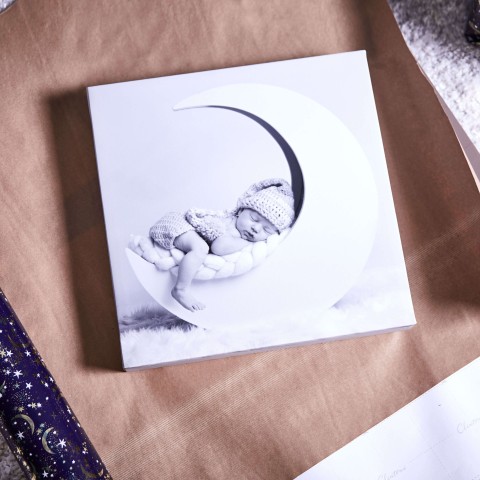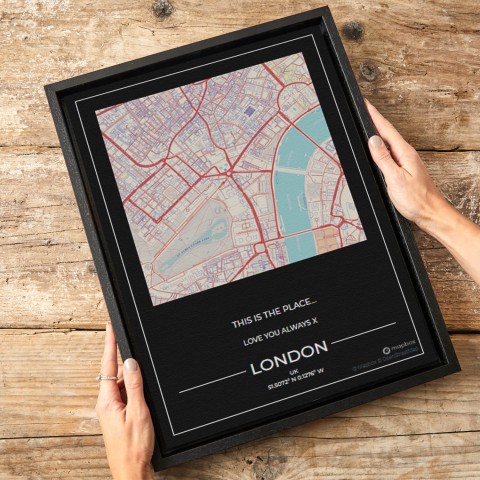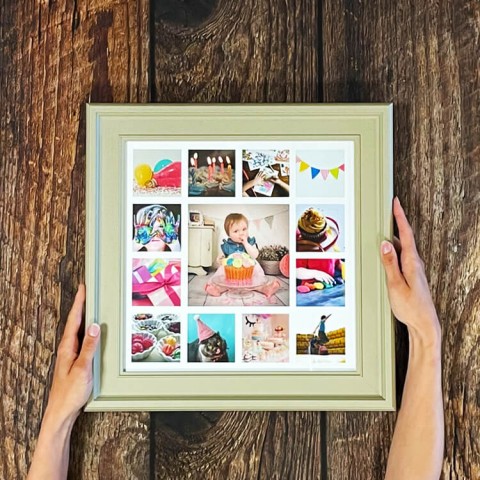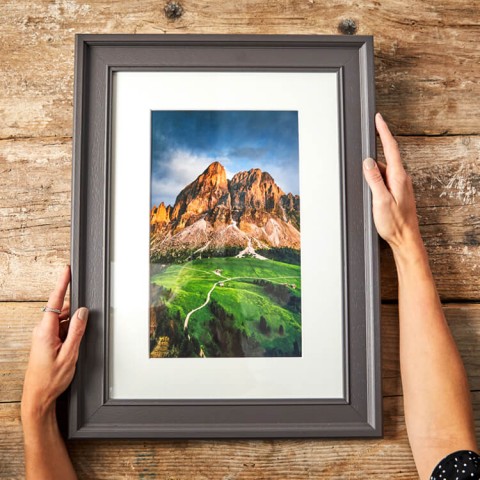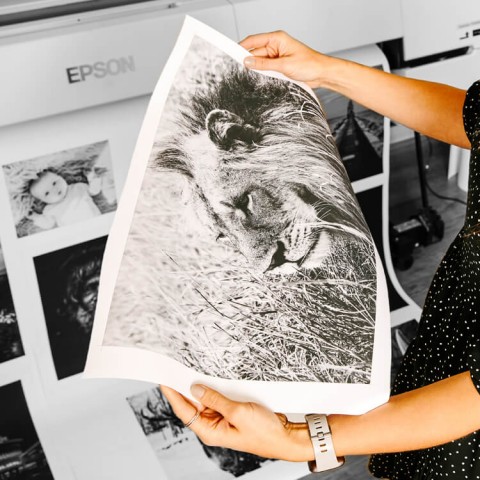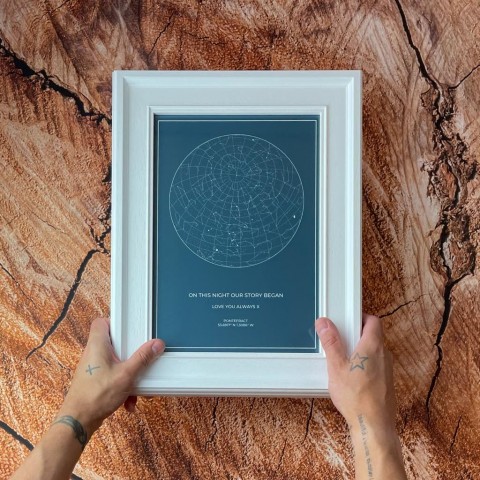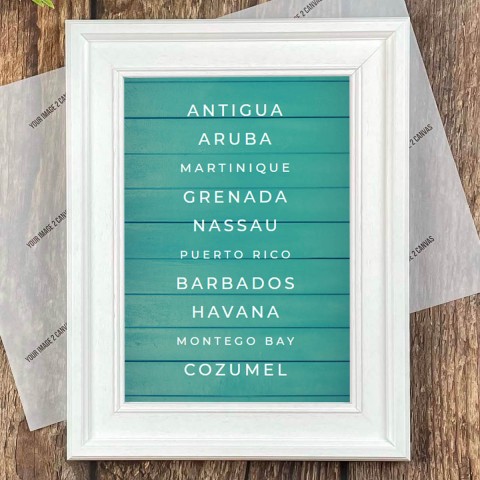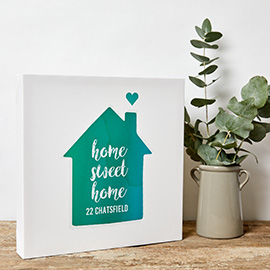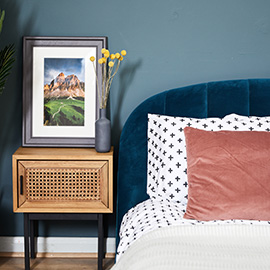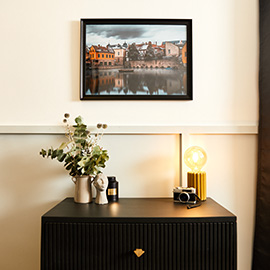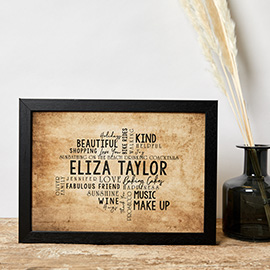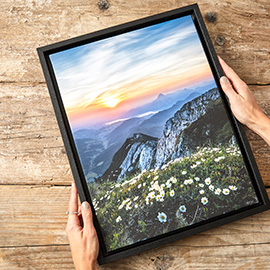Have fun with light painting – part 1
Here at Your Image 2 Canvas, we’ve dedicated many of our blogs to sharing fun and creative ways for you to improve your photography while learning new skills. A great example of this is light painting, which uses a combination of a continuous light source and long exposure to produce magical images that the whole family can get involved with.
What is light painting?
Light painting really is painting with light! Have you ever taken a photo where the shutter speed was too slow and light sources in the image created patterns of light across the frame? Well, that’s an accidental example of light painting! Take control of exposure and your light source and you'll soon be a master of this magical technique.
What do you need to try it?
Any camera with a ‘bulb’ mode for long exposure
A decent tripod to protect from camera shake
A light source such as a torch or smartphone – LED lights are brighter but give off a colder (blue tinted) light than incandescent torches
A wireless shutter release
Somewhere dark!
How do you do it?
It’s probably a good idea to try this out in a controlled environment like your bedroom or lounge first, before venturing out into the wild:
Place your subject (a cup or toy will do) on a small table, set-up your camera on the tripod and check your composition
A good starting point is aperture f/16, shutter speed of 1 minute in bulb mode and ISO set to 100
Turn off all other light sources in the room
Click the shutter and start painting
Think of the torch as a paintbrush – long slow strokes from further away will be like a soft wide brush, whereas getting in close will produce more detailed lines.
Be careful not to over light an area because you can’t take your strokes back
Once the shutter clicks again you’re done
Congratulations! You've painted your first image – now you need to review it! The most likely outcome will be a slightly messy image with hotspots where you lingered too long in one area, and other areas where you’ve poorly lit the subject. With practice this will improve as you get a better feel for how to light this way.
The great thing about light painting is that these images really do translate into excellent pieces of wall art when printed onto canvas. They’re eye-catching, unusual and make a great talking point.
Next time on our blog we’re going to take these new found skills and apply them to creative photography both indoors and out when we will show you how to light cars, buildings and, well, anything you can think of!


